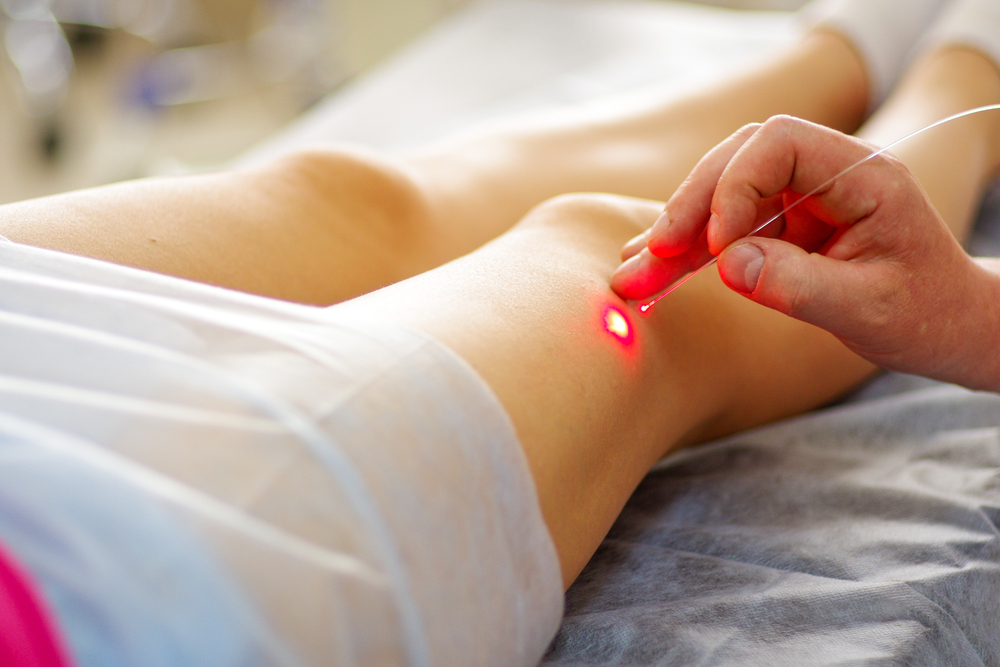Pulsed Dye Laser Therapy May Lead to Skin Sarcoidosis in Existing Scars, Case Study Finds

When skin sarcoidosis is associated with pre-existing scars, it is called scar sarcoidosis. In a recent study, researchers at the Chungnam National University School of Medicine in Korea reported the case of a patient who developed scar sarcoidosis following pulsed dye laser treatment for a pre-existing scar.
The study, “Scar Sarcoidosis Induced by Pulsed Dye Laser Treatment,” was published in the journal Annals of Dermatology.
Scar sarcoidosis occurs in previously inactive cutaneous scars, including surgical scars, piercings, tattoos, injection sites, herpes sites, and areas of laser surgery. In some cases, scar reactivation can occur decades later.
Researchers reported the case of a 71-year-old man who had a 50-year history of facial scarring. The lesion remained the same for nearly 50 years, but the patient complained that his scar became larger after three sessions of pulsed dye laser treatment three years earlier. The researchers assumed that the pulsed laser dye caused the reactivation of the quiescent scar, although it’s possible the scar was already undergoing slow reactivation before the treatment.
When he was examined, investigators found erythematous plaque and several non-caseating granulomas, which, together with negative tests for mycobacteria and normal levels of angiotensin-converting enzyme, led to the diagnosis of scar sarcoidosis without systemic involvement.
The patient was treated with Plaquenil (hydroxychloroquine) 100 mg, twice daily, in combination with Elidel cream (pimecrolimus) and topical steroids, which resulted in a marked improvement.
Patients with cutaneous sarcoidosis are often treated with steroids and anti-malarial drugs, as was the case for the patient reported in this study, as well as methotrexate and other agents. However, laser surgery with CO2 laser, Nd:YAG laser, intense pulse light, or pulsed dye laser have also been used in several cases.
Pulsed dye laser, in particular, has been reported in seven cases of cutaneous sarcoidosis treatment, but the outcomes varied considerably. In five studies, it was shown to be favorable. One study reported a limited affect, and one study showed marked aggravation, with the development of ulcerative sarcoidosis.
Although the exact mechanism through which pulsed dye laser improves or aggravates a lesion is unknown, the researchers believe that improvements are linked with vascular and immunomodulatory effects, whereas aggravations are associated with exacerbation of the immune reaction.
To understand whether pulsed dye laser can be used in cutaneous sarcoidosis patients and whether it affects the immune responses in those patients, large randomized controlled trials are required.






